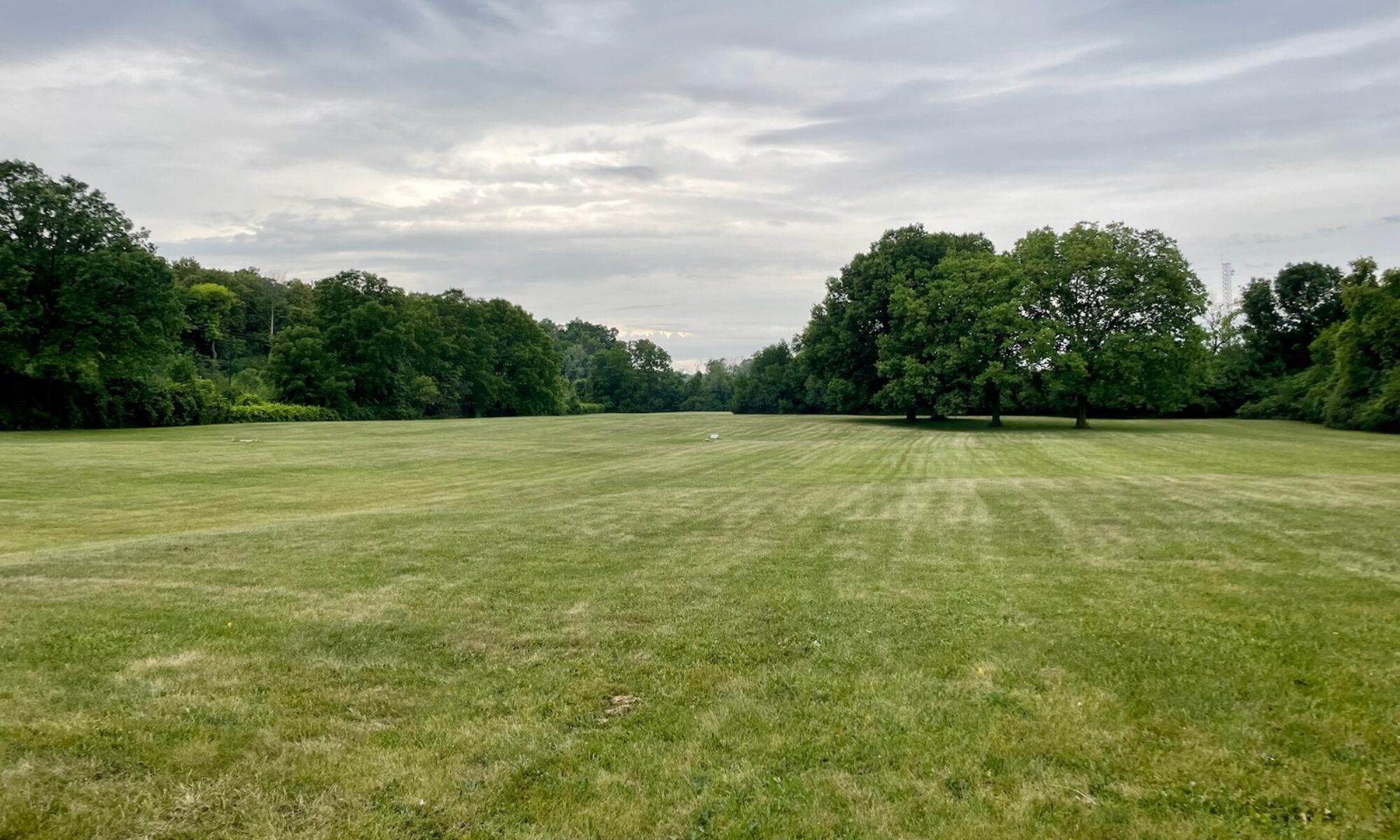The Milwaukee County Grounds Reburial Project aims to ensure the dignified reburial of 831 ancestors exhumed in 2013 from the Milwaukee County Grounds Cemetery 2. In collaboration with community partners and supported by a final decision from the Wisconsin Historical Society, this project will transfer the remains to Forest Home Cemetery, with reburials expected to be completed by September 2025. This initiative restores dignity and respect to those ancestors, many of whom were marginalized in life.
The Milwaukee County Grounds Cemeteries
What are the Milwaukee County Grounds Cemeteries?
The Milwaukee County Grounds Cemeteries are four separate cemeteries in Wauwatosa, Wisconsin, either on or near the Milwaukee County Grounds and the Milwaukee Regional Medical Center. Burials began about 1852 and ended in 1974. Individuals interred here were considered indigent, disabled, unidentified, or unclaimed at the of their death.
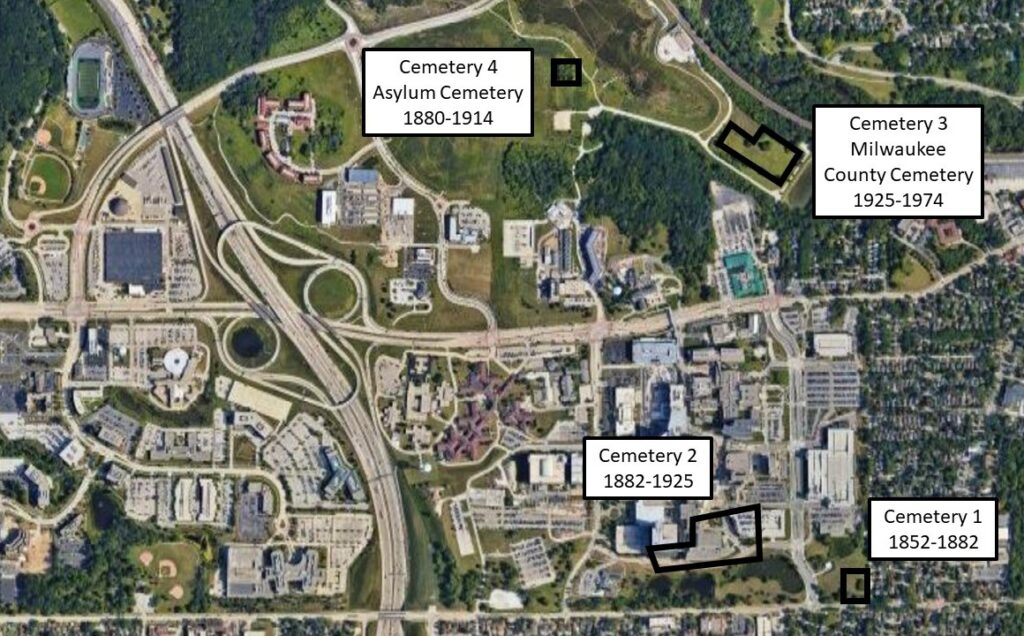
Exhumations and Final Disposition
Why and when have ancestors been exhumed?
There were two separate exhumations for expansion projects at the Milwaukee Regional Medical Center.
In 1991/92, by request of the Milwaukee Regional Medical Center, 1,649 ancestors were exhumed for the construction of the County’s ambulatory care center, associated roadway, and parking structure projects. By 2008, final disposition for the 1,649 ancestors was awarded to University of Wisconsin-Milwaukee for permanent curative care governed by an agreement with the Wisconsin Historical Society.
In 2013, by request of Froedtert Health, 831 ancestors were exhumed for the construction of Froedtert Hospital’s Center for Advanced Care.
Why did the Wisconsin Historical Society issue a Request for Final Disposition Proposals (RfP) in 2023 for the 831 ancestors exhumed in 2013?
The Wisconsin Historical Society, as the administrator of the state’s burial sites law, issued the Request for Final Disposition Proposals (RfP) to determine the most appropriate and permanent method (curation, cremation, or reburial) to care for the 831 ancestors exhumed in 2013. Since the exhumations, the ancestors have been temporarily cared for at the University of Wisconsin-Milwaukee while the final disposition was pending.
This RfP is specific to these exhumations and does not address the 1991/92 exhumations or other instances where remains were disturbed.
Who won the RfP and what happens next?
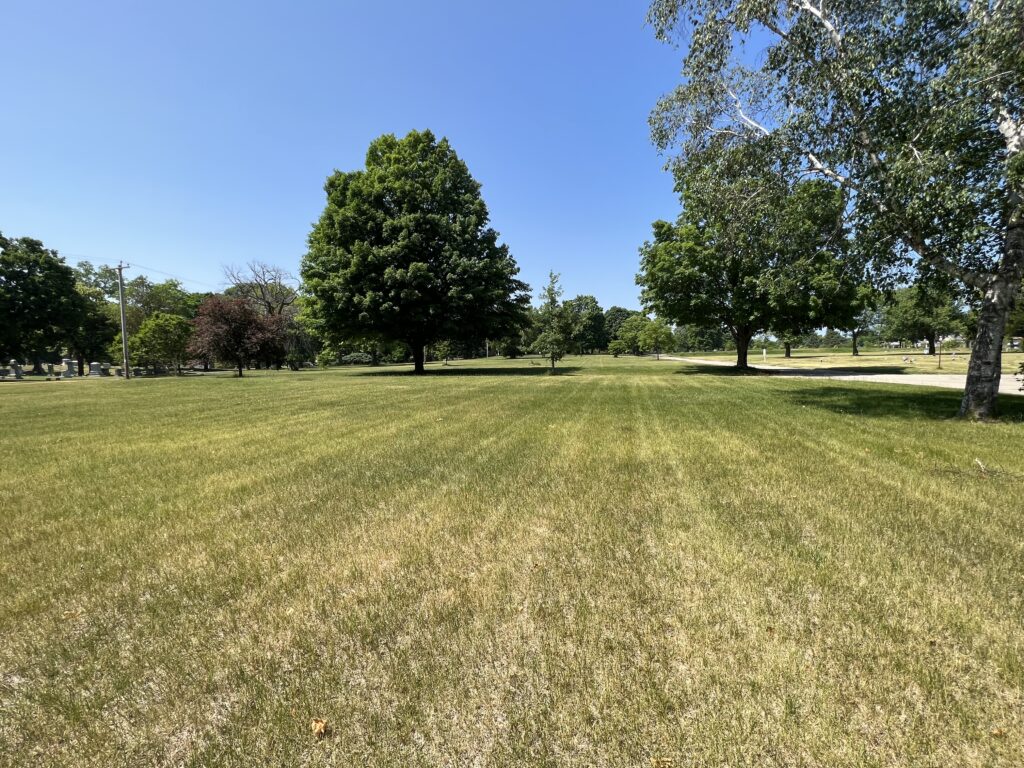
The Request for Final Disposition Proposal (RfP) for the 831 ancestors exhumed in 2013 was awarded to the Descendant Community of Milwaukee County Grounds Cemeteries, Inc. on April 17, 2024, by Christian W. Øverland, Director of the Wisconsin Historical Society. The Descendant Community has been given the responsibility to conduct a dignified reburial following the legal order of interest priority.
Initially, the decision was interim, allowing individuals registered as interested parties to request a review by the Wisconsin Burial Sites Preservation Board. Two review requests were submitted, but on August 8, 2024, the Board voted not to review the decision. This made the April 17th decision final as of September 9, 2024, marking the end of the interim period.
Although disposition activities were initially scheduled to begin by November 8, 2024, Milwaukee County and Froedtert Hospital have since appealed the decision to the Department of Administration and the Milwaukee County Circuit Court, but both appeals have been dismissed. As of May 2025, they still have appeal opportunities that may impact the timeline, but the Descendant Community remains committed to the dignified reburial of the ancestors at Forest Home Cemetery & Arboretum once all legal matters are resolved.
Why is this reburial project so important?
This reburial project is not only about providing dignity to the 831 ancestors exhumed in 2013 but also addresses a much larger historical injustice. Along with the 1,649 individuals disinterred in 1991/92, these ancestors make up the nation’s largest and longest-held group of exhumed human remains from a cemetery. It is a deeply unusual and shocking situation that these individuals have remained unburied for so long, underscoring the importance of their proper reinterment. This project seeks to finally give them respect and closure they and their affiliated community deserve, after decades in limbo.
Who is paying for the reburials?
The cost of the reburials is the obligation of Froedtert Hospital as they are the entity responsible for disturbing the burial site. According to Wisconsin Historical Society Director Christian W. Øverland, Froedtert is legally obligated to pay for all expenses related to the dignified reburial, including the cost of a marker to honor the reburied individuals.
The Descendant Community
What is the Descendant Community?
The Descendant Community consists of individuals dedicated to preserving the memory and dignity of those buried at the Milwaukee County Grounds Cemeteries. It advocates for reburial, proper recognition, and the respectful care of the cemeteries.
Why does the Descendant Community want the ancestors reburied?
The Descendant Community seeks the reburial of ancestors to honor their dignity, cultural traditions, and spiritual beliefs. Keeping ancestral remains in institutions or research settings is disrespectful, perpetuating historical injustices. Reburial allows for the restoration of respect, healing, and connection with the past, ensuring the ancestors rest in peace in accordance with their descendant community’s wishes.
Can I join the Descendant Community?
The board of directors convenes virtually, extending a warm invitation to interested community members to participate. If you’re eager to learn about our initiatives and contribute to restore dignity to those once buried at the County Grounds cemeteries, please contact us.
Burials and Records
How many were buried at the cemeteries?
Historical records suggest that approximately 10,000 ancestors were buried in the four cemeteries, although the exact number is unclear due to incomplete records. The two primary disturbances resulted in 2,480 ancestors being exhumed and not reinterred, while an unknown number have been disturbed through looting or construction projects prior to the enactment of the burial sites law, or found as inadvertent discoveries after law enactment.
How may I know where my ancestor was buried and is now located?
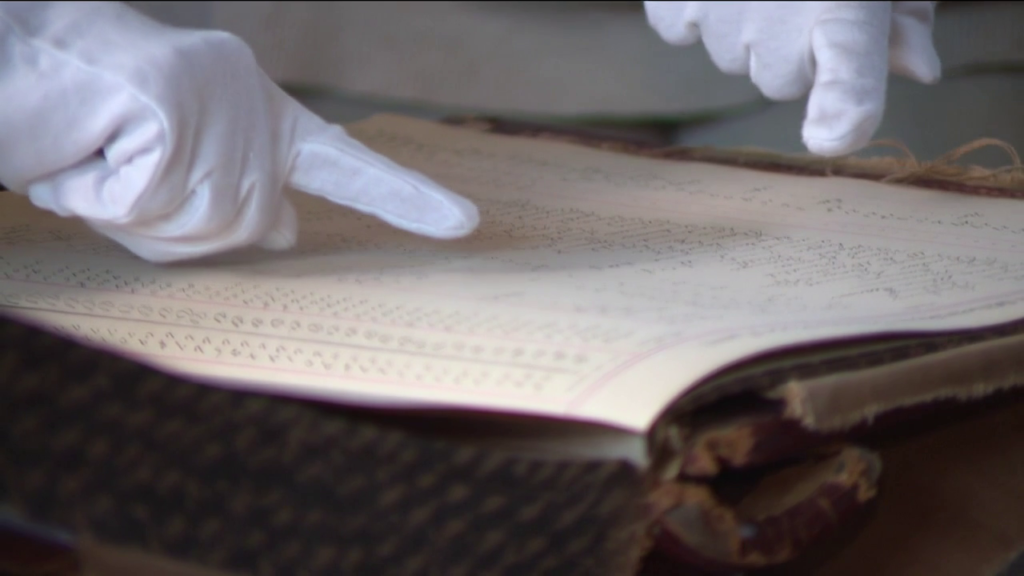
Other than the Asylum Cemetery, the other three cemeteries were used for distinct periods of time. Therefore, it is possible to identify the cemetery if the year of burial is known. Typically, this may usually be confirmed by the burial register. Unfortunately, without cemetery plat maps available, specific burial locations listed on the Registry of Burials within each cemetery do not correlate with any placement or exhumation.
Due to historical disturbances, particularly in Cemetery 1 and Cemetery 2 (used between 1852 and 1925), it may be impossible to determine whether your ancestor remains buried there.
Communities and Veterans
What communities and ethnic groups were buried in the cemeteries?
The poor farm cemeteries in Milwaukee initially buried mostly German immigrants. Over time, Irish, Poles, Italians, Greeks, eastern European Jews, and other eastern and southern European nationalities were also interred, reflecting the city’s growing diversity. Native American individuals and other U.S.-born residents were also buried there. Following the Great Migration—a movement of African Americans from the rural South to northern cities in the early to mid-20th century—the Black community’s presence in the cemeteries increased, further broadening the range of ethnic and cultural backgrounds represented.
Are there military veterans buried in the cemeteries?
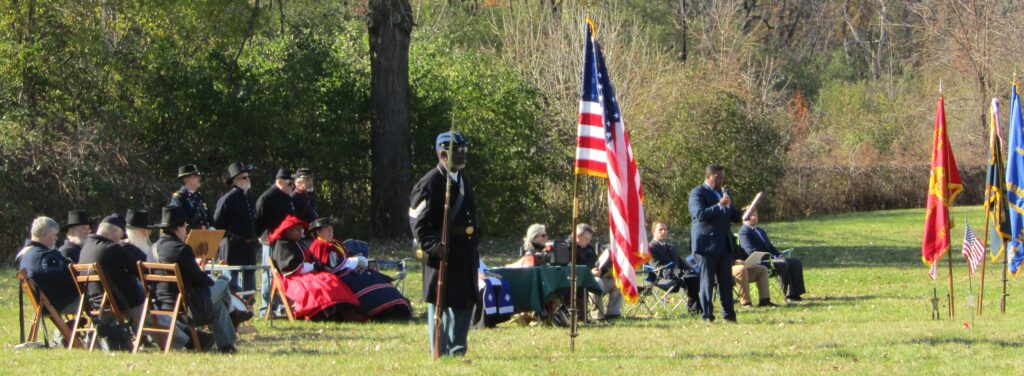
Yes, there are veterans buried in the cemeteries. The Descendant Community is working to identify these individuals and ensure their service is recognized. As of 2023, research by the Descendant Community and others resulted in the acquisition of seven headstones provided by the Veterans Administration. In 2024, three more veterans were identified among those once buried at the County Grounds and are awaiting headstone acquisition.
